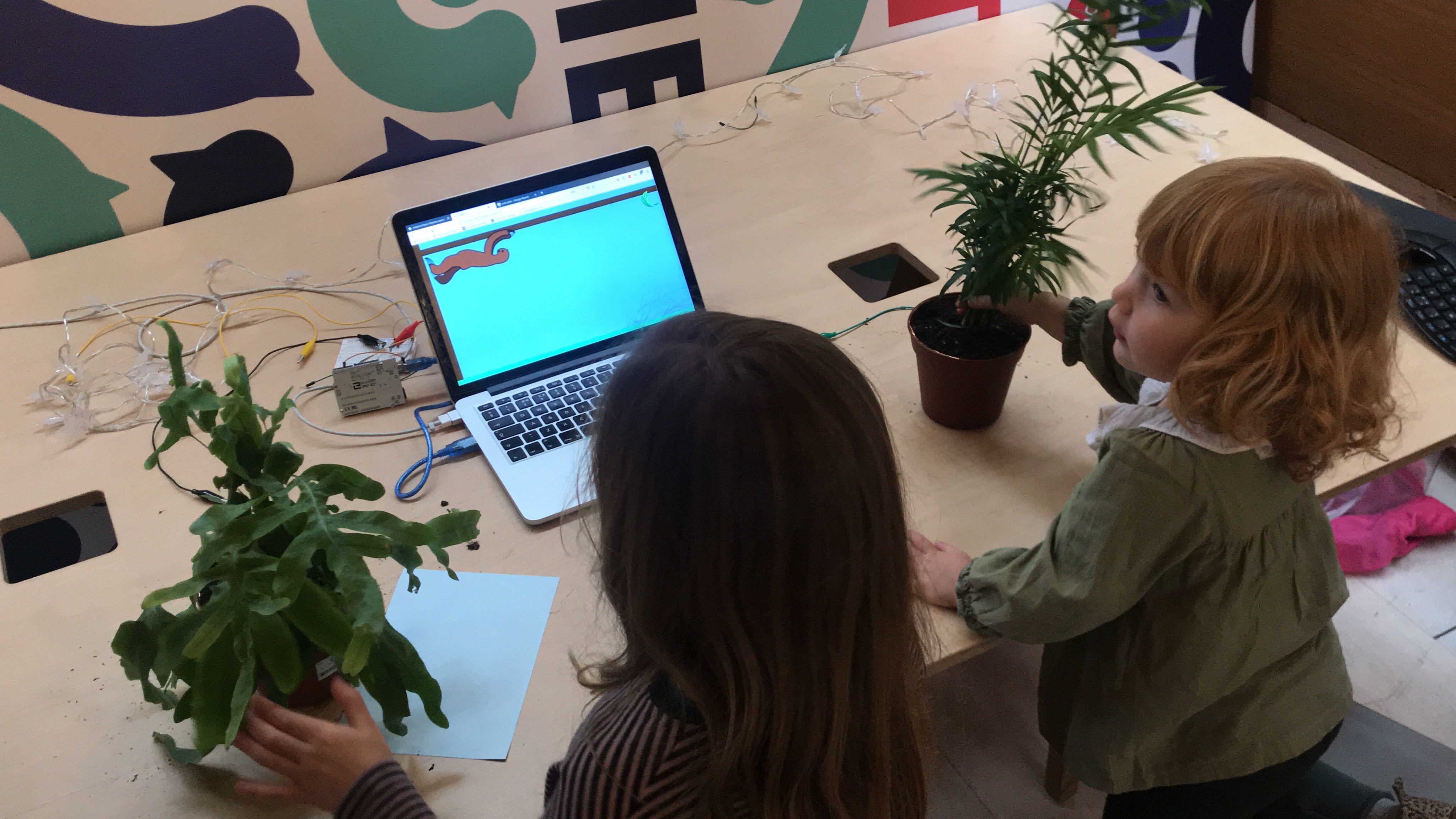
By Ivor Williams, Senior Design Associate
Every day, around 360,000 babies are born around the world. Most will lead long, healthy lives into adulthood. Sadly, a minority experience a very short life due to illness or live with a long-term or life-limiting disease. For these children, palliative care can transform their experience, helping them live with a greater quality of life, while also supporting their family and friends.
Palliative care is an active and total approach to care, from the point of diagnosis, throughout the child’s life, to death and beyond. As a holistic care it embraces physical, emotional, social and spiritual elements and focuses on improving the quality of life of everyone involved. It includes the management of distressing symptoms, care at the end of life and bereavement support.
Children’s hospices provide the most comprehensive palliative care. But globally, there is a chronic lack of them. The demand is high yet hospitals and other organisations have limited resources and capability to offer holistic care required. Hospice care has therefore traditionally been left to the charitable sector. Indeed, most children’s hospices begin life as families grouping together to create the service themselves, due to the rarity of many diseases and illnesses affecting children.
Thanks to advances in healthcare more children now survive their illness for longer, and live to adulthood. This means there is a greater need to act systemically about how hospice care is delivered. Developments in technology and changes in care delivery mean that the hospice service itself moves beyond the walls of a building, into the community. With this evolution in mind, what might innovative children’s hospice care look like now and in the near future?
Designing with children at the centre
As designers, technologists and clinicians at the Helix Centre, we’re using an approach called human-centred design to help transform children’s hospice care. This is a creative process that begins with the people we want to design something for – such as patients, their families and professionals – and spending time with them, to learn about their needs and understand the problems they face. It ends with innovative, tangible solutions tailored to meet those needs. We believe hospice care that can use design and technology successfully and meaningfully can transform the way professionals deliver care, and significantly improve the care experience for patients and their families.
To understand the human needs within the children’s hospice environment, we conducted interviews with families and staff; shadowed children’s hospice staff; reviewed the literature of potential technology applications; and profiled best-practice children’s hospices from around the world. These helped generate many key insights that drove our work, but some stood out as particularly important.
Firstly, we learned that every hospice we encountered offered emotional and psychological support for patients and parents, but only a few did so for siblings. Furthermore, for the family of an ill child, one of the biggest problems was often around the deterioration of the family unit itself. Siblings of an ill child would often become a carer to their brother or sister, spending lots of time in medical environments, and often losing opportunities to bond with their siblings in a way that other families would do normally.
We believe that innovative technologies could help better support family and professional needs, largely because their use in children’s hospices are very limited. There is a huge scope for change to support families, particularly siblings. We also learned of the unique spaces that children’s hospices created, and how that might support innovation.
Plant power
For a children’s hospice, a garden can be a place of refuge, play and relaxation. The leading hospices we assessed placed great value on the ability for children, young people and families to be in nature if they wish. The reason is clear: being in nature can take us away from ourselves, invoke feelings of calm and appreciation, and makes us feel happier.

After spending time in children’s hospices – both in the UK and abroad – we were inspired to consider the outdoor space to be as integral to the hospice service as any of the indoor facilities or medical care. It also provided an opportunity for us to investigate innovative approaches to holistic care, using new research and practices that are emerging in palliative care around the world, notably garden therapy. Furthermore, we saw this as a way to potentially meet the identified needs of children and families through the simple act of engaging with nature in a unique, specialised setting.
With that framing and insight we created a prototype: the Connected Garden. This unique product fuses the concept of horticultural, or garden therapy with meaningful uses of technology. Garden therapy uses nature to support wellbeing, and so our goal was to enable and support accessible use of garden space. We wanted to design something for every visitor and patient of the hospice.
The Connected Garden is an interactive ‘plant synthesizer’ that acts as a tandem activity between two children. We use plants as a physical touch device that generates an output – such as music and light – that enables children to play screen-based games and engage with each other in a highly accessible way.

A unique approach to palliative care
In our testing sessions with children and young people at the Helix Centre and St Mary’s Hospital, children playing with each other didn’t communicate verbally to cooperate. Instead they figured out how to touch or let go of the plants in order to win our simple games, through the feedback of the game itself. We think that children with limited speech and mobility but unaffected mental function could therefore really benefit from this type of approach.
As we observed, the experience seemed to take children away from the reality of being at the hospital. One child remarked they were scared of being at the hospital before playing, but was bright and upbeat afterwards. They seemed to be happy and immersed in the experience.

We believe there is a fantastic opportunity to blend the technological approach in prototype with the horticultural therapy practices that are used in hospices, set in the unique garden space and interior spaces at the children’s hospice. The Connected Garden prototype is the first experimental step in developing holistic products and services for young people and their families.
We also believe it is important to bring the hospice outside to nature. We feel there is a huge opportunity for outdoor activities in which the children explore nature, play in safe surroundings, and experience the sights, sounds and smells of the outside world as part of an overall therapeutic experience.
We want to ensure that every child and family has access to the services they need, harnessing the best products, services and experiences possible. We believe that future hospice care that uses technology can transform the way that care is delivered and experienced, helping professionals, patients and their families alike.
You can see the Connected Garden prototype at the Imperial Lates event on 9th October. Register for free here.
Ivor Williams is a Senior Design Associate at the Institute of Global Health Innovation’s Helix Centre.